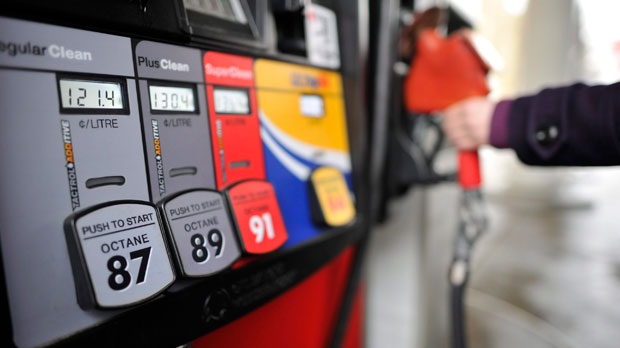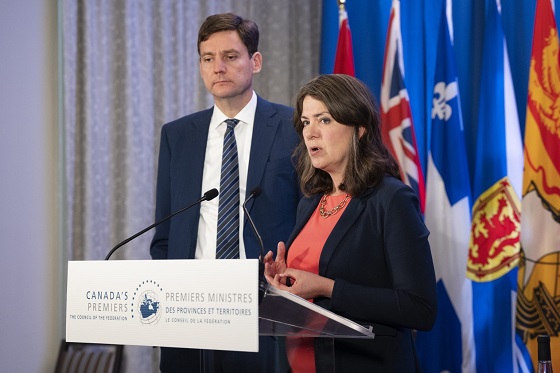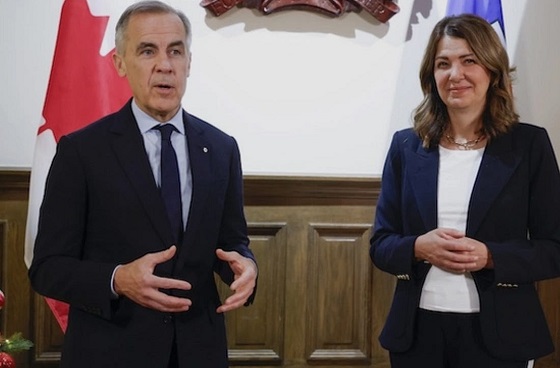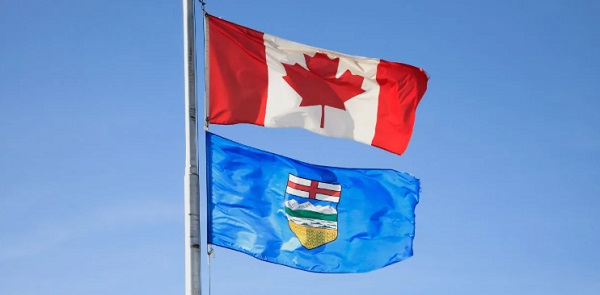Uncategorized
‘Catching some hell’: Hurricane Michael slams into Florida

PANAMA CITY, Fla. — Supercharged by abnormally warm waters in the Gulf of Mexico, Hurricane Michael slammed into the Florida Panhandle with terrifying winds of 155 mph Wednesday, splintering homes and submerging
Its winds shrieking, the Category 4 storm crashed ashore in the early afternoon near Mexico Beach, a tourist town about midway along the Panhandle, a lightly populated, 200-mile stretch of white-sand beach resorts, fishing towns and military bases.
Michael battered the shoreline with sideways rain, powerful gusts and crashing waves, swamping streets and docks, flattening trees, stripped away leaves, shredding awnings and peeling away shingles. It also set off transformer explosions and knocked out power to more than 190,000 homes and businesses.
“We are catching some hell,” said Timothy Thomas, who rode out the storm with his wife in their second-floor apartment in Panama City Beach.
With the hurricane still pounding the state hours after it came ashore, and conditions too dangerous in places for search-and-rescue teams to go out, there were no immediate reports of any deaths or serious injuries.
Michael was a meteorological brute that sprang quickly from a weekend tropical depression, going from a Category 2 on Tuesday to a Category 4 by the time it came ashore. It was the most powerful hurricane on record to hit the Panhandle.
“I’ve had to take antacids I’m so sick to my stomach today because of this impending catastrophe,” National Hurricane Center scientist Eric Blake tweeted as the storm — drawing energy from the unusually warm, 84-degree Gulf waters — became more menacing.
More than 375,000 people up and down the Gulf Coast were urged to evacuate as Michael closed in. But the fast-moving, fast-strengthening storm didn’t give people much time to prepare, and emergency authorities lamented that many ignored the warnings and seemed to think they could ride it out.
“While it might be their
Diane Farris, 57, and her son walked to a high school-turned-shelter near their home in Panama City to find about 1,100 people crammed into a space meant for about half as many. Neither she nor her son had any way to communicate because their lone cellphone got wet and quit working.
“I’m worried about my daughter and grandbaby. I don’t know where they are. You know, that’s hard,” she said, choking back tears.
Hurricane-force winds extended up to 45 miles (75
A water-level station in Apalachicola, close to where Michael came ashore, reported a surge of nearly 8 feet (2.5
Based on its internal barometric pressure, Michael was the third most powerful hurricane to hit the U.S. mainland, behind the unnamed Labor Day storm of 1935 and Camille in 1969. Based on wind speed, it was the fourth-strongest, behind the Labor Day storm (184 mph, or 296 kph), Camille and Andrew in 1992.
It appeared to be so powerful that it was expected to remain a hurricane as it moved into Alabama and Georgia early Thursday. Forecasters said it will unleash damaging wind and rain all the way into the Carolinas, which are still recovering from Hurricane Florence’s epic flooding.
At the White House, President Donald Trump said the government is “absolutely ready for the storm.” ”God bless everyone because it’s going to be a rough one,” he said. “A very dangerous one.”
In Mexico Beach, population 1,000, the storm shattered homes, leaving floating piles of lumber. The lead-
In Panama City, plywood and metal flew off the front of a Holiday Inn Express. Part of the awning fell and shattered the glass front door of the hotel, and the rest of the awning wound up on vehicles parked below it.
“Oh my God, what are we seeing?” said evacuee Rachel Franklin, her mouth hanging open.
The hotel swimming pool had whitecaps, and people’s ears popped because of the drop in barometric pressure. The roar from the hurricane sounded like an airplane taking off.
Meteorologists watched satellite imagery in complete awe as the storm intensified.
“We are in new territory,” National Hurricane Center Meteorologist Dennis Feltgen wrote on Facebook. “The historical record, going back to 1851, finds no Category 4 hurricane ever hitting the Florida panhandle.”
Colorado State University hurricane expert Phil Klotzbach said in an email: “I really fear for what things are going to look like there tomorrow at this time.”
The storm is likely to fire up the debate over global warming.
Scientists say global warming is responsible for more intense and more frequent extreme weather, such as storms, droughts, floods and fires. But without extensive study, they cannot directly link a single weather event to the changing climate.
With Election Day less than a month away, the crisis was seen as a test of leadership for Scott, a Republican running for the Senate, and Tallahassee Mayor Andrew Gillum , the Democratic nominee for governor. Just as Northern politicians are judged on how they handle snowstorms, their Southern counterparts are watched closely for how they deal with hurricanes.
Thousands of evacuees sought shelter in Tallahassee, which is about 25 miles from the coast but is covered by live oak and pine trees that can fall and cause power outages even in smaller storms.
As winds started to topple trees in Tallahassee, one of them landed on Joe Marino’s chimney.
“It was like an earthquake. The bookshelf shook and a frame fell down,” he said. “It was weird. We went outside and you could smell the pine, and there it was, laying on the chimney.”
Marino, who lives with his girlfriend and her grandmother, said water started dripping through the chimney, and they feared the wind would send the tree crashing through the roof. They planned to stay on the first floor.
“Upstairs is a no-go zone,” he said.
Only a skeleton staff remained at Tyndall Air Force Base, situated on a peninsula just south of Panama City. Hundreds of military families were moved out, and the base’s aircraft, which include F-22 Raptors, were flown to safety hundreds of miles away.
In St. Marks, John Hargan and his family gathered up their pets and moved to a raised building constructed to withstand a Category 5 after water from the St. Marks River began surrounding their home.
Hargan’s 11-year-old son, Jayden, carried one of the family’s dogs in a laundry basket in one arm and held a skateboard in the other as he waded through calf-high water.
Hargan, a bartender at a riverfront restaurant, feared he would lose his home and his job to the storm.
“We basically just walked away from everything and said goodbye to it,” he said, tears welling up. “I’m freakin’ scared I’m going to lose everything I own, man.”
___
Associated Press writers Tamara Lush in St. Petersburg, Fla.; Terry Spencer in Fort Lauderdale, Fla.; Freida Frisaro in Miami; Brendan Farrington in St. Marks, Fla.; Russ Bynum in Keaton Beach, Fla.; Jonathan Drew in Raleigh, North Carolina; and Seth Borenstein in Kensington, Md., contributed to this story.
___
For the latest on Hurricane Michael, visithttps://www.apnews.com/tag/Hurricanes
Jay Reeves And Brendan Farrington, The Associated Press
Uncategorized
Cost of bureaucracy balloons 80 per cent in 10 years: Public Accounts

The cost of the bureaucracy increased by $6 billion last year, according to newly released numbers in Public Accounts disclosures. The Canadian Taxpayers Federation is calling on Prime Minister Mark Carney to immediately shrink the bureaucracy.
“The Public Accounts show the cost of the federal bureaucracy is out of control,” said Franco Terrazzano, CTF Federal Director. “Tinkering around the edges won’t cut it, Carney needs to take urgent action to shrink the bloated federal bureaucracy.”
The federal bureaucracy cost taxpayers $71.4 billion in 2024-25, according to the Public Accounts. The cost of the federal bureaucracy increased by $6 billion, or more than nine per cent, over the last year.
The federal bureaucracy cost taxpayers $39.6 billion in 2015-16, according to the Public Accounts. That means the cost of the federal bureaucracy increased 80 per cent over the last 10 years. The government added 99,000 extra bureaucrats between 2015-16 and 2024-25.
Half of Canadians say federal services have gotten worse since 2016, despite the massive increase in the federal bureaucracy, according to a Leger poll.
Not only has the size of the bureaucracy increased, the cost of consultants, contractors and outsourcing has increased as well. The government spent $23.1 billion on “professional and special services” last year, according to the Public Accounts. That’s an 11 per cent increase over the previous year. The government’s spending on professional and special services more than doubled since 2015-16.
“Taxpayers should not be paying way more for in-house government bureaucrats and way more for outside help,” Terrazzano said. “Mere promises to find minor savings in the federal bureaucracy won’t fix Canada’s finances.
“Taxpayers need Carney to take urgent action and significantly cut the number of bureaucrats now.”
Table: Cost of bureaucracy and professional and special services, Public Accounts
| Year | Bureaucracy | Professional and special services |
|
$71,369,677,000 |
$23,145,218,000 |
|
|
$65,326,643,000 |
$20,771,477,000 |
|
|
$56,467,851,000 |
$18,591,373,000 |
|
|
$60,676,243,000 |
$17,511,078,000 |
|
|
$52,984,272,000 |
$14,720,455,000 |
|
|
$46,349,166,000 |
$13,334,341,000 |
|
|
$46,131,628,000 |
$12,940,395,000 |
|
|
$45,262,821,000 |
$12,950,619,000 |
|
|
$38,909,594,000 |
$11,910,257,000 |
|
|
$39,616,656,000 |
$11,082,974,000 |
Uncategorized
Trump Admin Establishing Council To Make Buildings Beautiful Again
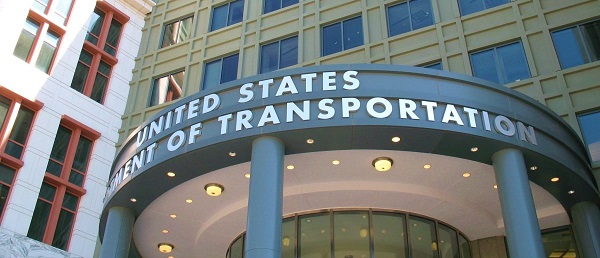

From the Daily Caller News Foundation
By Jason Hopkins
The Trump administration is creating a first-of-its-kind task force aimed at ushering in a new “Golden Age” of beautiful infrastructure across the U.S.
The Department of Transportation (DOT) will announce the establishment of the Beautifying Transportation Infrastructure Council (BTIC) on Thursday, the Daily Caller News Foundation exclusively learned. The BTIC seeks to advise Transportation Secretary Sean Duffy on design and policy ideas for key infrastructure projects, including highways, bridges and transit hubs.
“What happened to our country’s proud tradition of building great, big, beautiful things?” Duffy said in a statement shared with the DCNF. “It’s time the design for America’s latest infrastructure projects reflects our nation’s strength, pride, and promise.”
“We’re engaging the best and brightest minds in architectural design and engineering to make beautiful structures that move you and bring about a new Golden Age of Transportation,” Duffy continued.
Mini scoop – here is the DOT’s rollout of its Beautifying Transportation Infrastructure Council, which will be tasked with making our buildings beautiful again. pic.twitter.com/
9iV2xSxdJM — Jason Hopkins (@jasonhopkinsdc) October 23, 2025
The DOT is encouraging nominations of the country’s best architects, urban planners, artists and others to serve on the council, according to the department. While ensuring that efficiency and safety remain a top priority, the BTIC will provide guidance on projects that “enhance” public areas and develop aesthetic performance metrics.
The new council aligns with an executive order signed by President Donald Trump in August 2025 regarding infrastructure. The “Making Federal Architecture Beautiful Again” order calls for federal public buildings in the country to “respect regional architectural heritage” and aims to prevent federal construction projects from using modernist and brutalist architecture styles, instead returning to a classical style.
“The Founders, in line with great societies before them, attached great importance to Federal civic architecture,” Trump’s order stated. “They wanted America’s public buildings to inspire the American people and encourage civic virtue.”
“President George Washington and Secretary of State Thomas Jefferson consciously modeled the most important buildings in Washington, D.C., on the classical architecture of ancient Athens and Rome,” the order continued. “Because of their proven ability to meet these requirements, classical and traditional architecture are preferred modes of architectural design.”
The DOT invested millions in major infrastructure projects since Trump’s return to the White House. Duffy announced in August a $43 million transformation initiative of the New York Penn Station in New York City and in September unveiledmajor progress in the rehabilitation and modernization of Washington Union Station in Washington, D.C.
The BTIC will comprise up to 11 members who will serve two-year terms, with the chance to be reappointed, according to the DOT. The task force will meet biannually. The deadline for nominations will end Nov. 21.
-
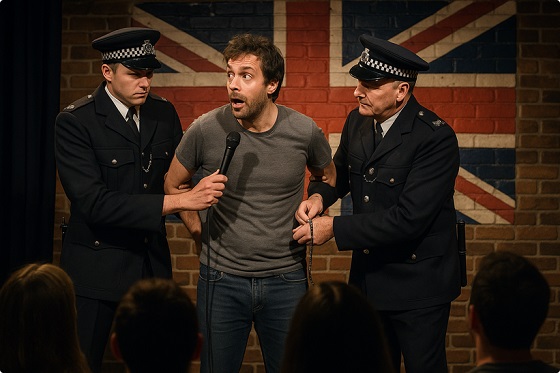
 Censorship Industrial Complex2 days ago
Censorship Industrial Complex2 days agoA Democracy That Can’t Take A Joke Won’t Tolerate Dissent
-

 MAiD1 day ago
MAiD1 day agoFrom Exception to Routine. Why Canada’s State-Assisted Suicide Regime Demands a Human-Rights Review
-

 Alberta2 days ago
Alberta2 days agoAlberta will defend law-abiding gun owners who defend themselves
-

 MAiD2 days ago
MAiD2 days agoHealth Canada report finds euthanasia now accounts for over 5% of deaths nationwide
-
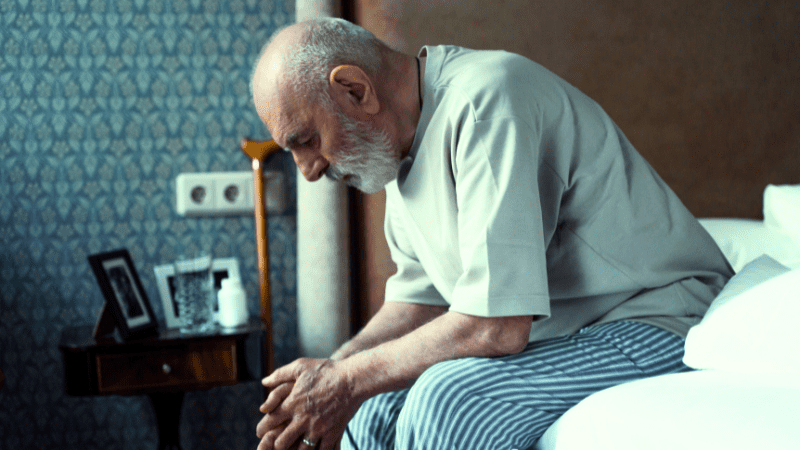
 Great Reset2 days ago
Great Reset2 days agoCanada’s MAiD (State Sanctioned Murder) Report Just Dropped
-

 National2 days ago
National2 days agoCanada Needs an Alternative to Carney’s One Man Show
-

 Business1 day ago
Business1 day agoNew Chevy ad celebrates marriage, raising children
-
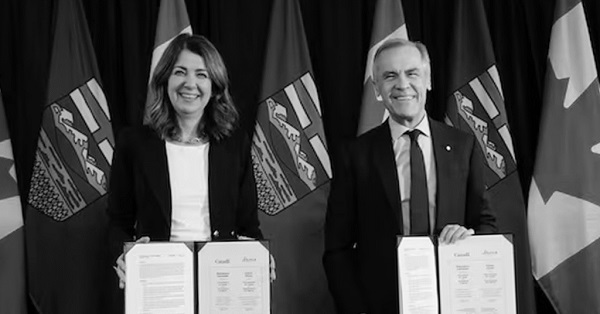
 Alberta1 day ago
Alberta1 day agoThis new Canada–Alberta pipeline agreement will cost you more than you think







